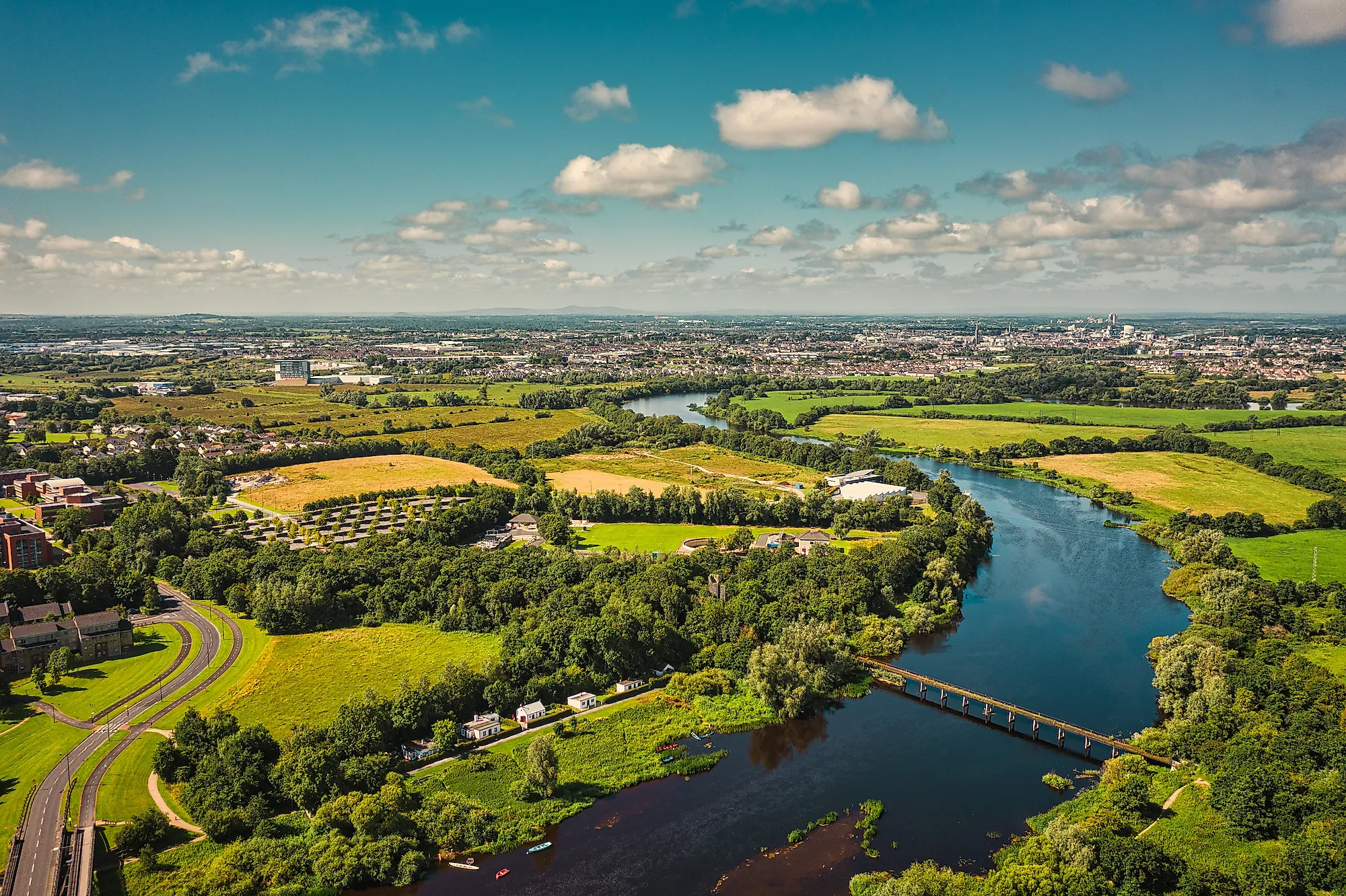
River Shannon, Ireland
Winding 224 miles through Ireland is the River Shannon, the longest in the country. It was formed at the end of the last Ice Age. Its route creates a natural border between the western and eastern parts of Ireland and runs through 11 counties. The Shannon estuary in Limerick is its final destination where the River Shannon joins with the River Fergus estuary.
Steeped in folklore, the river has many stories of origin associated with it. Some locals claim the river was created when a village girl, Sionann, sought wisdom from the Well of Wisdom. As the story goes, once she became the wisest person in the world, the well cracked open and swept the girl out to the ocean. The river now carries her name.
Role In Irish History
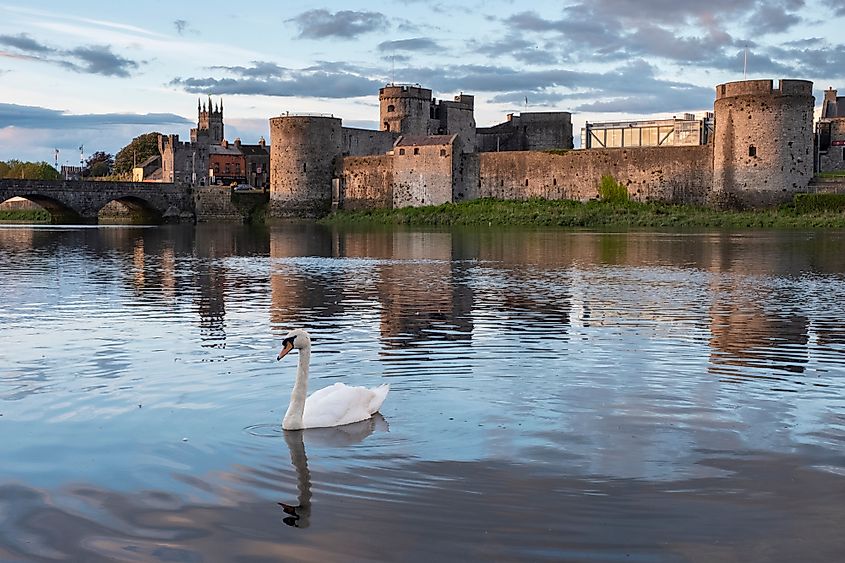
The River Shannon has long played an important role in the history of Ireland. Providing a faster navigable route than moving across the land, the river has helped move goods and people across the country for hundreds of years. The Vikings used it for navigation, invading the inland areas quickly and easily. As previously mentioned, the river creates a boundary between the west and the east. This separation provided protection to the Irish when they fled and defended themselves against the British invasion during the Irish Confederate Wars between 1641 and 1653. The same is true of the Williamite War between 1689 and 1691, after losing a battle, the Jacobites sought refuge from the British on the western side of the country. During the 1700’s, several individuals attempted to create a system of locks and dams along the river to bypass its natural falls and create a totally navigable route. The navigation system was finally completed in 1799 and improved upon during the 1800’s. The river was once important to the fishing industry of the country although today, mostly recreational fishing takes place.
The River Today
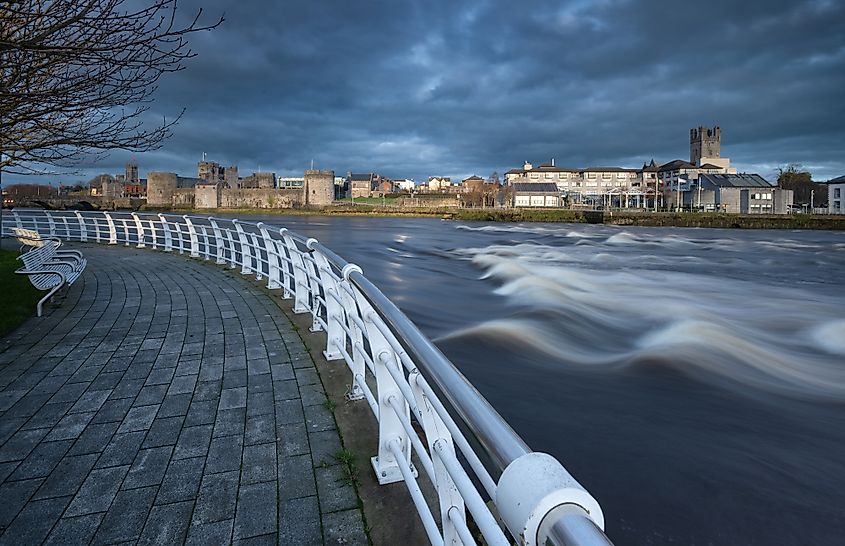
The river widens into lakes in several places, creating the Lough Allen, Lough Bofin, Lough Boderg, and Lough Forbes (among others). Lough Forbes is important because of its surrounding habitats which include raised bogs and callows grasslands. Raised bogs are areas of built up peat, or dead plant material, and are important in removing carbon dioxide from the atmosphere (also known as a carbon sink). Callows grasslands are a type of wetland with season flooding. This lake is protected as a Special Area of Conservation and hosts Greenland white-fronted geese, a vulnerable species that spends its winters in only 10 locations in Ireland. The river itself is home to several freshwater species including salmon, eel, and lamprey.
Today, the River Shannon produces hydroelectric power for its surrounding communities. It is a popular tourist destination and offers visitors boat tours and watersports, such as skiing. These cruises stop at various sites along the river including castles, nature spots, and ancient cities.
Threats To The River
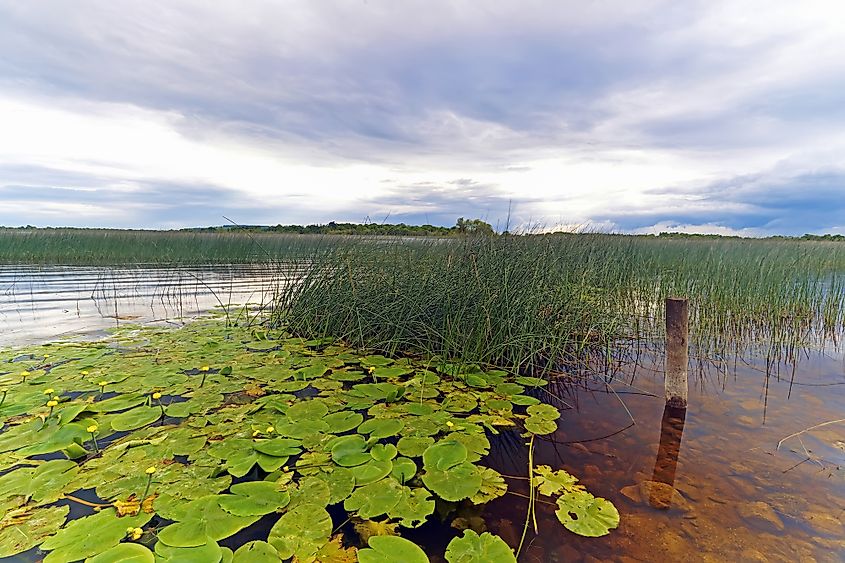
Shannon River, its tributaries, and its lakes are threatened by several factors. Dams along the river have obstructed the migratory path of salmon, which come up the river to breed in the same place they were born. Today, the number of salmon that complete their migration is less than 5% of the conservation limit and therefore does not meet acceptable conservation status levels. These dams are also impeding the migratory path of the native silver eels. Industrial development has damaged the alluvial forests along the riverbanks, leading to a loss in the number of nesting birds. The edges of the river have also suffered damage which has had an impact on the lamprey population as well.
Preservation Of The Ecosystem
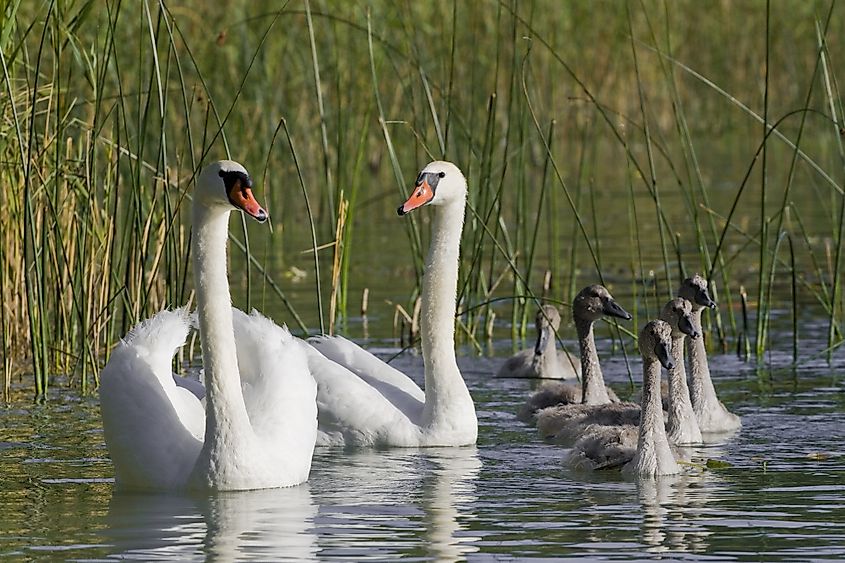
The National Parks and Wildlife Service of Ireland is responsible for conservation of the river and its habitats. The agency has established conservation objectives in response to the environmental threats. These objectives are focused on achieving favorable conservation status for habitats and species. This status is reached when the species’ habitat is stable or increasing, and the species are able to maintain or increase its population. Other organizations also exist that work to educate the public about the importance of this freshwater ecosystem.










